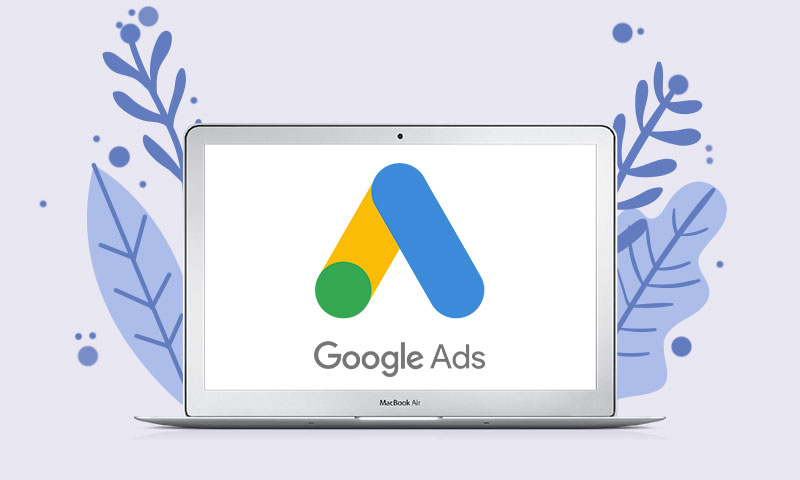
Among the various advertising platforms available, Google Ads stands out as a powerful tool for driving targeted traffic to your website. However, simply running ads is not enough to ensure optimal results. Optimizing your landing pages is crucial to maximizing your Google Ads. Landing pages act as the first point of contact for potential customers, and their design and functionality play a vital role in converting ad clicks into meaningful actions.
In this article, we at Cybertegic, a digital marketing agency in Los Angeles, will explore seven proven tips to optimize your landing pages for Google Ads. These tips will enhance user experience, boost conversions, and maximize the return on your advertising investment.
1 – Align the Landing Page with the Ad Campaign
Consistency is key in creating a seamless user experience from the moment a user clicks on your ads when they reach your page. Start by ensuring that the messaging and visuals on your landing page reflect the same themes, keywords, and value propositions highlighted in your ad copy. This alignment reassures visitors that they have landed in the right place and reinforces the relevance of your offer.
Moreover, incorporating relevant keywords into your landing page content can further enhance its quality score and ad rank, improving your overall ad performance. Maintaining a strong connection between your ad campaign and landing page increases the likelihood of capturing the user’s attention and trust and, ultimately, driving conversions.
2 – Streamline Landing Page Design
An effective landing page design is crucial in optimizing your Google Ads campaigns. Strive for a clean, uncluttered design that focuses on the core message and call to action. Avoid overwhelming visitors with excessive text, images, or distractions that can dilute the primary purpose of your page. Additionally, optimize the loading speed of your landing page to ensure a seamless user experience.
Mobile-friendliness is also paramount, as many users use smartphones and tablets to browse the web. Use responsive design to ensure your landing page adapts to various screen sizes, delivering a consistent and user-friendly experience across devices. Create a visually appealing and user-centric environment that encourages visitors to engage with your website.
3 – Craft Compelling Headlines and Subheadings
Your headlines should grab visitors’ attention and entice them to explore further. Focus on creating concise, clear, and engaging headlines that highlight the value proposition of your offer. Incorporate relevant keywords strategically to improve search engine optimization (SEO) and align with the user’s search intent.
Subheadings, however, allow one to emphasize key points and break down the content into easily scannable sections. Use them to communicate the benefits of your product or service, address pain points, or highlight unique selling points. Compelling headlines and subheadings capture the reader’s interest and improve your landing page’s readability and overall structure.
4 – Add a Strong CTA
A well-crafted CTA guides visitors toward the desired action and helps drive conversions. It should be clear, compelling, and prominently displayed on the page. Use action-oriented language to clearly define what you want your visitors to do.
Incorporate persuasive elements, such as limited-time offers or exclusive benefits, to create a sense of urgency and encourage immediate action. The placement of your CTA is also vital; ensure it is easily noticeable and above the fold so visitors don’t have to scroll to find it. A strong, properly placed CTA can ultimately increase the conversion rate of your Google Ads campaigns.
5 – Optimize Landing Page Forms
Optimizing landing page forms is crucial in maximizing conversions for your Google Ads campaigns. When it comes to forms, the simple, the better. Keep them concise and only ask for information necessary for your conversion goals. Long and complex ones can be off-putting and lead to higher abandonment rates. Consider using a progressive form approach, where you collect information in multiple steps, to make the process feel less overwhelming.
Additionally, provide clear instructions and labels for each form field to guide users smoothly through the completion process. Test different form layouts, such as vertical or horizontal orientation, and optimize their placement on the page to maximize visibility and ease of use. Streamline and optimize your landing page forms to reduce friction and improve the user experience.
6 – Leverage Social Proof and Trust Signals
Leveraging social proof and trust signals on your landing pages is a powerful strategy to optimize your Google Ads campaigns. Social proof, such as testimonials, reviews, or case studies, helps establish credibility and build trust with your visitors. Include genuine testimonials from satisfied customers highlighting their positive experiences with your product or service.
Displaying ratings and reviews can also provide valuable social validation and encourage potential customers to take action. Additionally, trust signals, such as trust badges, security seals, or certifications, help alleviate any concerns visitors may have about the safety and reliability of your website. Clearly showcase any relevant industry certifications or affiliations demonstrating your expertise and trustworthiness.
7 – Conduct A/B Testing and Continuous Optimization
Conducting A/B testing and engaging in continuous optimization are essential steps in maximizing the effectiveness of your landing pages for Google Ads. A/B testing includes creating multiple versions of your landing page and testing them to identify the most effective elements and strategies. Test variations of headlines, CTAs, imagery, form layouts, or any other crucial factors to determine which combinations yield the highest conversion rates. Analyze the results and gather insights to inform your optimization efforts.
Furthermore, optimization should be an ongoing process rather than a one-time endeavor. Monitor the performance of your landing pages, track key metrics, and implement improvements based on data-driven insights. By embracing A/B testing and continuous optimization, you can refine and fine-tune your landing pages over time, increasing their efficiency and ensuring the best possible outcomes for your Google Ads campaigns.
